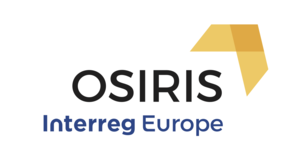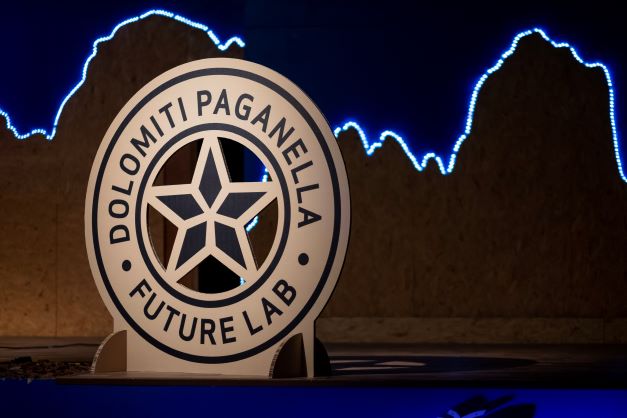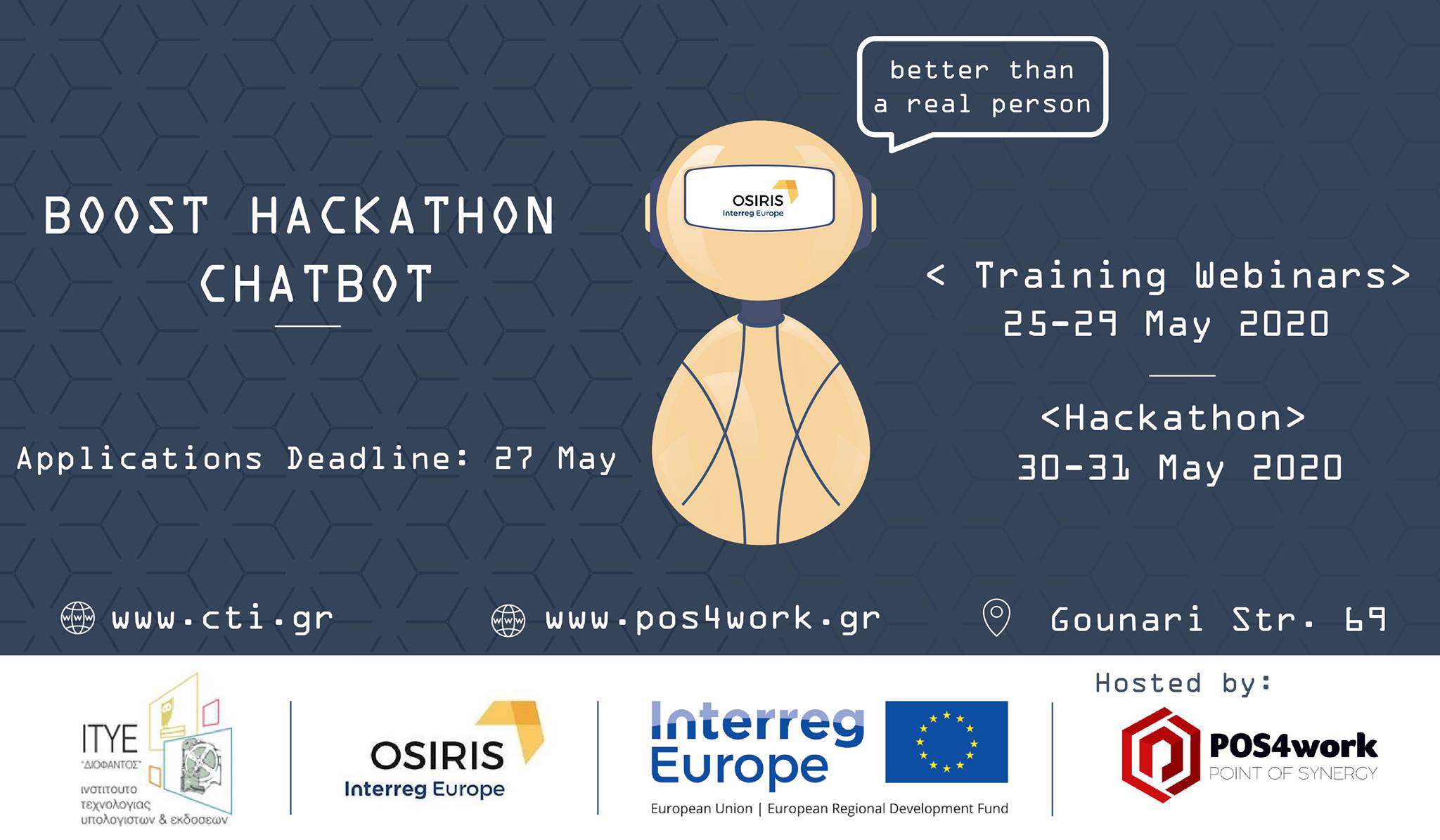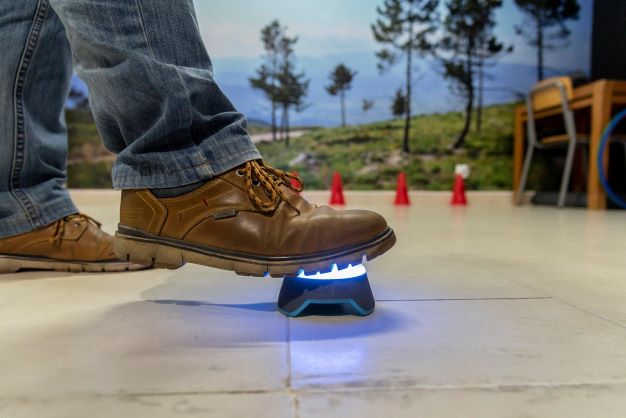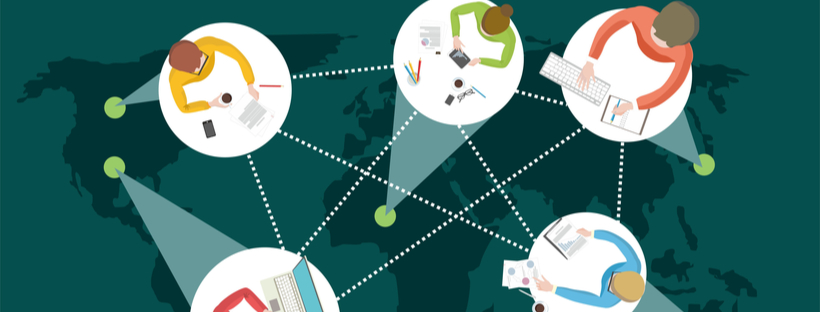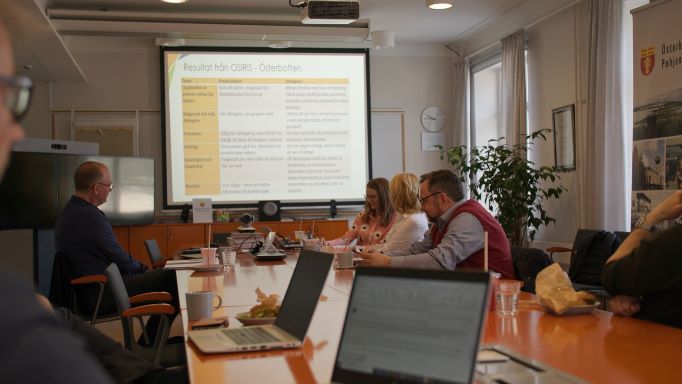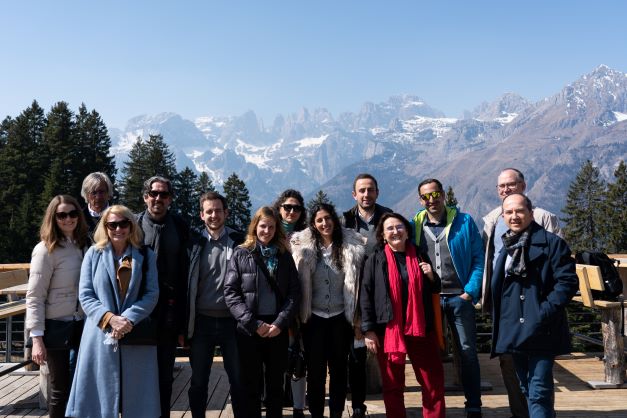1. What will be the key elements of your action plan and why?
The key elements of the action plan are the support and the kick-start up of the creative potential in the region by support of Open Social Innovation and thus to boost jobs. Despite the significant potential of the cultural and creative industries, estimated at more than 3% of the EU's gross domestic product and jobs, they are underestimated and unrecognized, particularly in terms of their ability to raise initial capital and financing. The European Commission has therefore decided to support these sectors. Given the policy instrument we have defined in Osiris – integrated Regional Operational Programme (iROP), the creative industry is a key theme of the action plan.
2. How is open social innovation addressed in your action plan?
Open social innovation is an increasingly common theme not only within our project and the Interreg program, but also at other levels of EU programs. For example, the Horizon Europe program is scheduled to earmark € 13.5 billion EUR in total for Open social innovation in the next programming period. There is no doubt, therefore, that science and it´s gradual transformation, particularly bottom-up innovation, is an important topic and the driving force of the European economy, and it must be encouraged. As part of our action plan, we are preparing a total of 2-3 actions to promote the region's creative industries, but in particular to engage all the spheres of the ecosystem in this process - public institutions, the private sector, the community, the non-profit sector, the academy and thus fulfill the mission of open innovation.
3. How do you see the role of the Osiris process in your action plan and what was your key learning points so far?
The benefits of the Osiris project are indisputable. Thanks to project OSIRIS we started with this process. We have been inspired by success stories from Sweden, the Netherlands, and Portugal, and that is the biggest benefit of the project. Likewise, a series of peer reviews and inter-regional workshops contributed to finding solutions to real issues in our region.
4. What parts of the OSIRIS process were easy to implement? Why? And were there parts that were difficult? Why?
From our point of view, the greatest benefit is the exchange of know-how. The opportunity to see and talk with representatives of selected institutions and external stakeholders from other countries. This is also considered to be a simpler part of the implementation of know-how transfer. The more difficult we consider the shortness of time in the indirect proportion to the diversity of the themes. Perhaps it would be preferable to narrow the thematic base of the project and thus more time to devote to a smaller number of themes. Get a closer look.
5. What are the most important issues you want to develop in the policy instrument?
Since we decided to propose new actions under an existing policy instrument in the project (not to modify the policy tool), we consider the three proposed actions that could be funded from this policy instrument in the form of centralized support as the most important. We will try to adapt to their current challenges, but especially to be ready with the ready-made projects. Given that the policy instrument chosen by us is currently subject to certain changes, we wanted and could have been involved in it´s transformation in order to better prepare the basis for our planned projects. One such change is, for example, to allow iROP funds to be used to build new associations, hubs, clusters to support open non-technological innovation in the region.
6. What are your best tips for developing an action plan?
To listen to what people want and what they need, because in the end we do it for the people.
